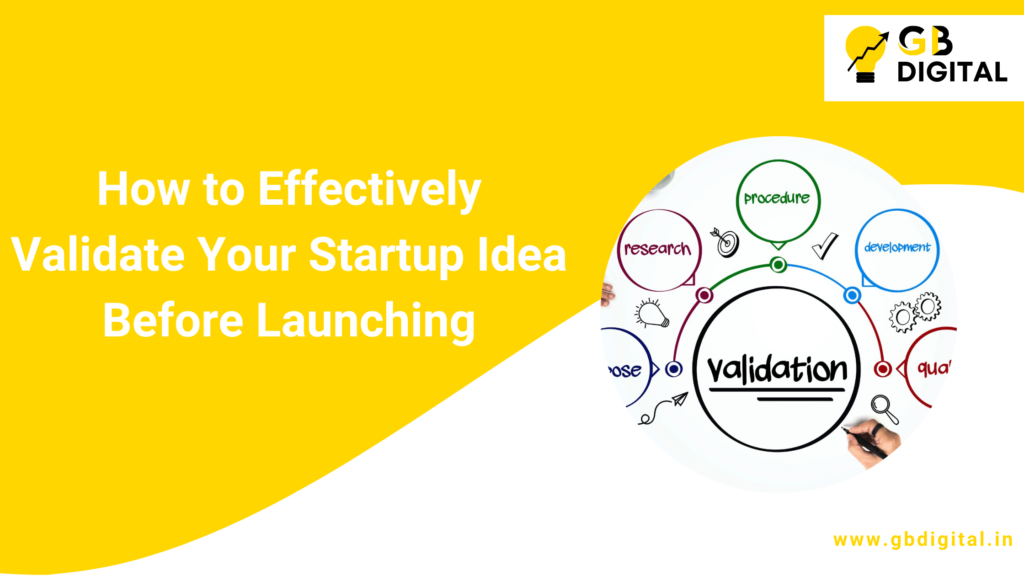Validating your startup idea before launching is a critical step in ensuring its success. By thoroughly evaluating your concept, you can avoid costly mistakes, understand your market, and develop a product that truly resonates with your audience. This article will cover the essential steps involved in Business Idea Validation, offering actionable insights to guide your decision-making process.
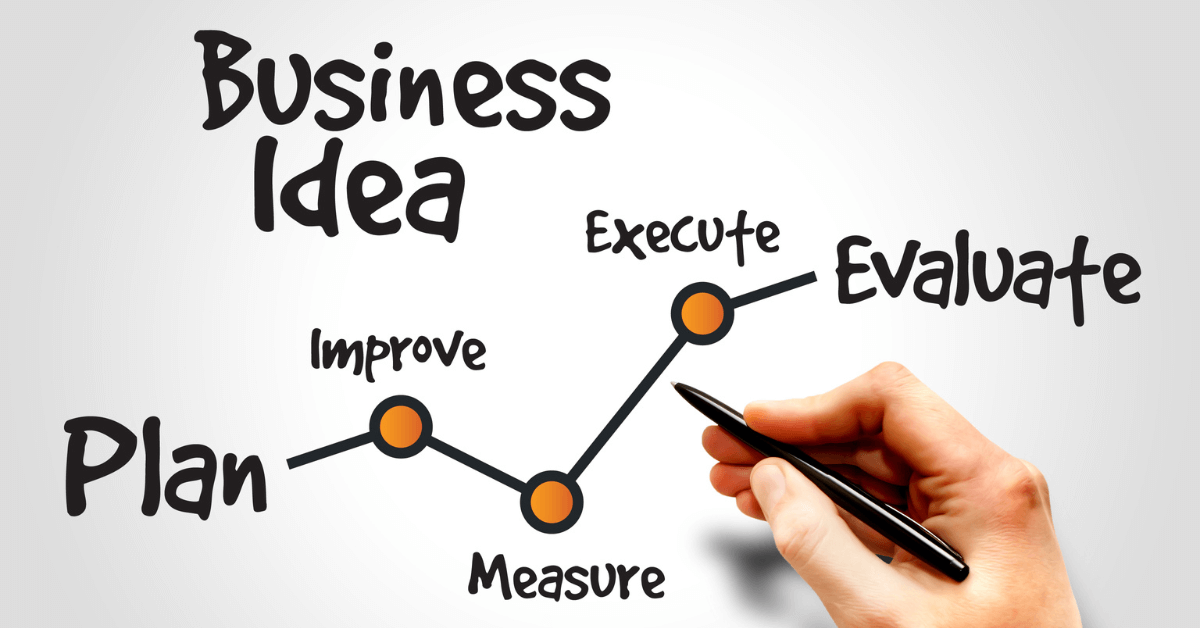
What is Business Idea Validation?
Definition of Business Idea Validation
Business idea validation is the process of testing whether a startup concept is viable and has the potential to succeed. This includes analyzing market demand, customer needs, and the competitive landscape.
Why Business Idea Validation is Crucial
Validating your idea helps minimize risks, ensures you’re solving a real problem, and provides data-driven insights that can help shape your product development strategy. Without proper validation, startups are more likely to fail due to misjudging the market.
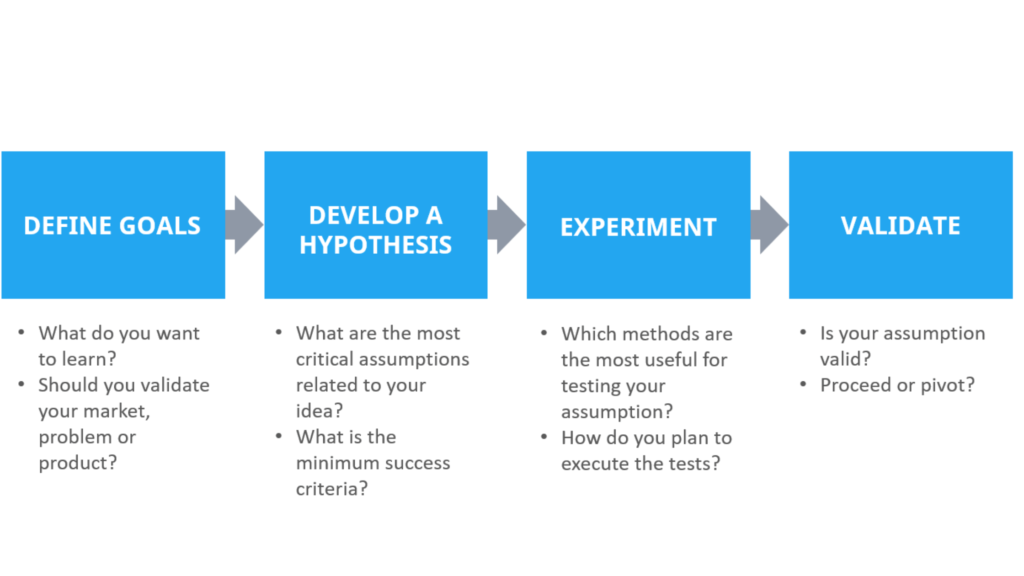
Initial Steps for Business Idea Validation
Identifying the Target Audience
The first step in business idea validation is to clearly define your target audience. Who are they? What pain points do they experience? Understanding this is essential to creating a product that meets their needs.
Understanding the Problem-Solution Fit
It’s crucial to confirm that your business idea solves a real problem. Does your target audience feel the problem strongly enough to pay for a solution?
Competitive Analysis
Analyzing your competitors helps you understand the market landscape. What are your competitors doing right, and where are their weaknesses? Identifying gaps allows you to position your product effectively.
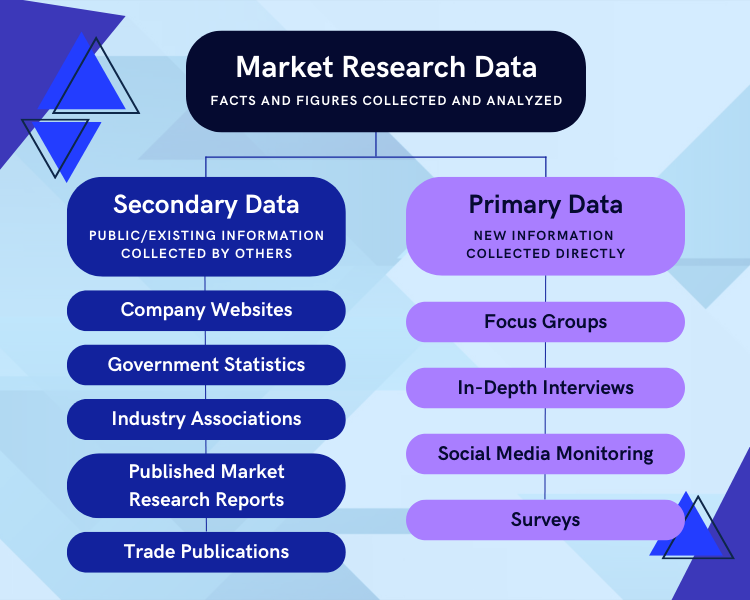
Market Research Methods
Primary Market Research
This involves collecting firsthand data through methods like interviews, surveys, and focus groups. It’s essential to gather direct insights from potential customers.
Secondary Market Research
Using existing data from industry reports, market analysis, and competitor information helps paint a broader picture of market trends and customer behaviors.
Industry Trends Analysis
Understanding current and future trends within your industry helps ensure your business idea remains relevant and adaptable to changing market conditions.
Customer Interviews & Surveys
How to Design Customer Interviews
Conduct interviews with potential customers to get qualitative feedback on your business idea. Focus on their needs, challenges, and how they currently solve their problems.
Crafting Effective Survey Questions
Surveys are a great way to gather quantitative data. Questions should focus on customer pain points, product expectations, and willingness to pay for a solution.

Building a Minimum Viable Product (MVP)
Purpose of MVP
An MVP is a simplified version of your product that allows you to test core features with early adopters. It’s designed to validate assumptions and gather user feedback.
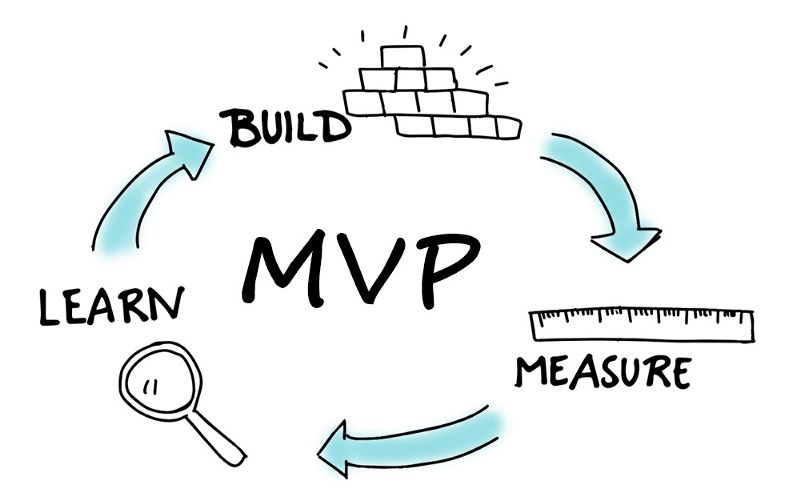
Steps to Develop an MVP
- Identify the key features to include.
- Build a functional version with essential features.
- Test it with a small group of users.
Validating Through MVP
An MVP helps test assumptions and see whether your product resonates with users before investing heavily in development.
Prototyping and Testing
Rapid Prototyping
Creating a quick prototype allows you to visually demonstrate your product concept to potential users and stakeholders.
User Feedback Collection
Gathering feedback through user testing helps identify areas for improvement and validates your design choices.
Iterating Based on Feedback
Continuous iteration based on feedback ensures your product evolves to meet customer expectations.

Running Small Pilot Tests
Designing a Pilot Test
Pilot tests are small-scale versions of your business model. It helps gauge user reactions and operational feasibility.
Analyzing Pilot Test Results
Collect and analyze data from your pilot test to determine if your idea works in practice.
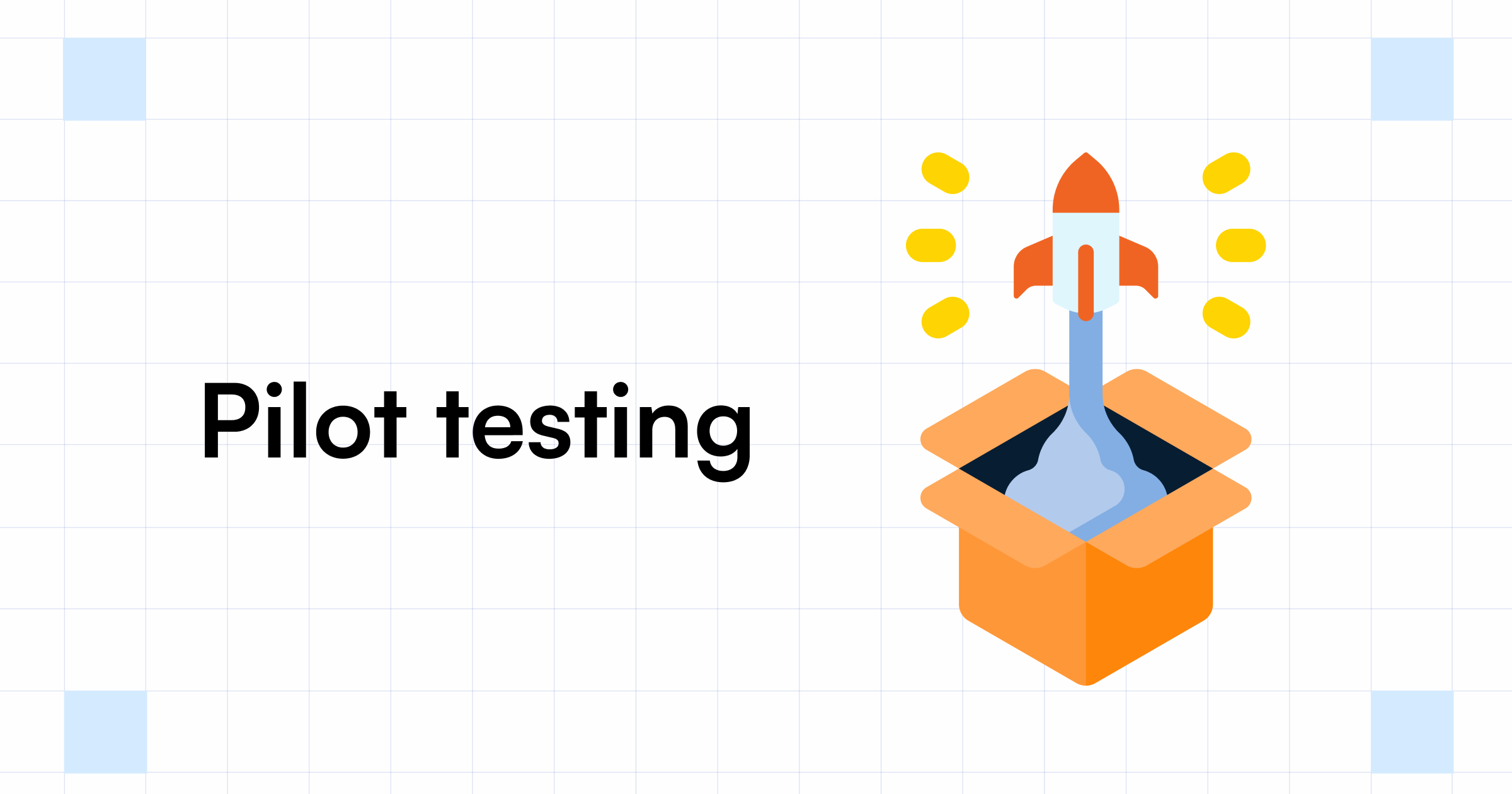
Market Viability Analysis
Assessing Market Size
Determining the size of your target market is crucial for understanding potential demand and business scalability.
Market Demand Analysis
Use market research and customer feedback to determine whether there is a genuine demand for your product.

Financial Feasibility Study
Estimating Startup Costs
Understanding the financial requirements helps you assess whether your business idea is affordable and scalable.
Revenue Projections
Forecasting your potential revenue ensures that your business model is financially viable in the long term.

Competitive Positioning
Identifying Competitors
Research your direct and indirect competitors to understand the market dynamics.
Crafting Unique Selling Proposition (USP)
Your USP differentiates your business from competitors. Focus on what makes your product unique and valuable to customers.
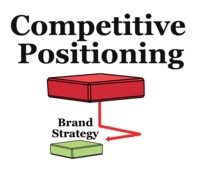
Risk Assessment
Identifying Potential Risks
List the potential risks associated with launching your business and categorize them (e.g., market risk, product risk, financial risk).
Creating Risk Mitigation Strategies
Develop strategies to mitigate these risks, such as diversifying revenue streams or creating a contingency plan.
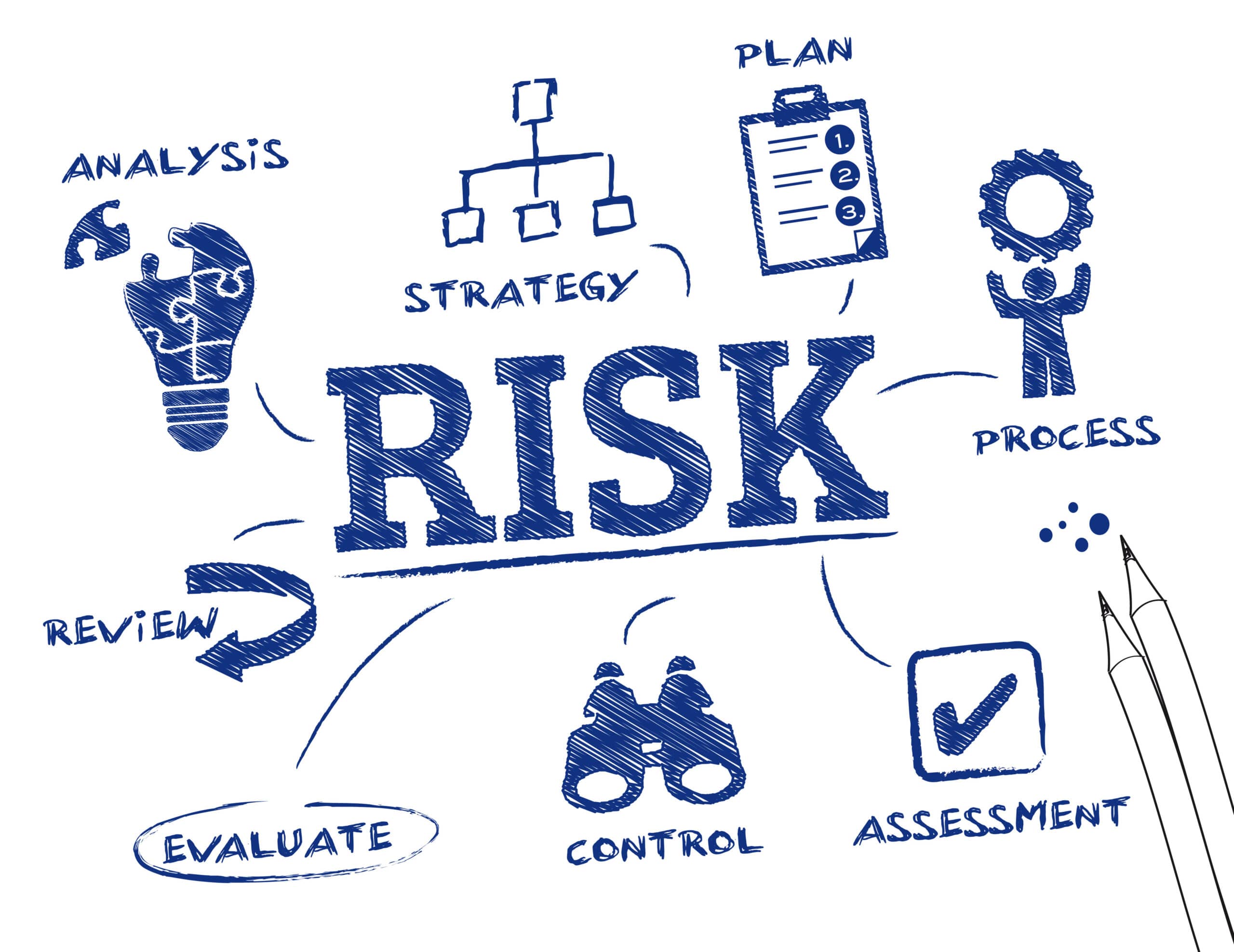
Pivoting Based on Findings
How to Decide When to Pivot
If market feedback indicates a fundamental flaw in your idea, pivoting might be necessary. Pivoting involves shifting your product or business model to better fit market needs.
Implementing Changes
Once you’ve identified areas for improvement, implement changes and validate the new version of your business idea.
Expert Insights
Case Study: Successful Business Idea Validation
Examine successful startups that effectively validated their ideas before launch, such as Airbnb or Dropbox.
Insights from Industry Experts
Experts often emphasize the importance of customer feedback and market research during the validation process.
Future Outlook
Trends in Business Idea Validation
With advances in technology, AI and machine learning tools are making it easier to analyze data and validate business ideas in real-time.
Technological Advancements in Validation Processes
Innovative tools like predictive analytics and automated customer surveys are becoming essential in validating startup ideas.
Conclusion
Key Takeaways
Validating your business idea before launching is essential to mitigating risks and ensuring product-market fit. By following the steps outlined, you can increase your chances of success.
Final Thoughts and Call-to-Action
Before investing time and resources, make sure your idea has been thoroughly validated. Start your validation process today by conducting market research, building an MVP, and gathering customer feedback.
FAQs
- What is business idea validation?
It’s the process of testing your startup concept to determine its viability in the market. - Why is validating a startup idea important?
It helps avoid costly mistakes by confirming whether there’s a demand for your product. - How can I validate my startup idea?
Use market research, customer feedback, and develop a Minimum Viable Product (MVP) to test assumptions. - What is an MVP in business validation?
MVP stands for Minimum Viable Product and refers to a simplified version of your product that allows for testing with early adopters. - When should I pivot my startup idea?
Pivot if feedback indicates your current idea isn’t solving the problem effectively or the market is too small.

